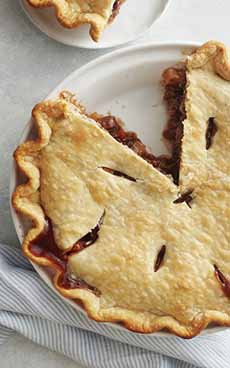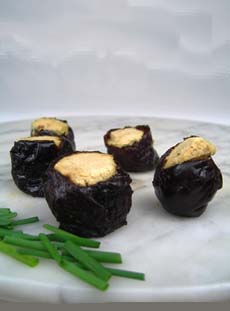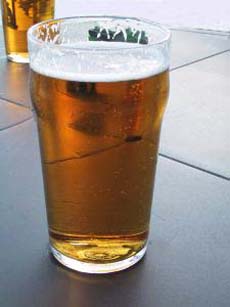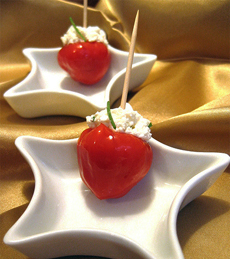|
In the British tradition, mincemeat pie—often called mince pie for short in the U.S.—is as customary at Christmas as egg nog. Colonists brought mincemeat to America, and the tradition continued. Yet, have you ever had mince pie? To some people they’re almost myth-like, in that they’ve never seen one. Nor do they have any idea what mincemeat is. But Americans do have a mincemeat holiday: National Mince Pie Day is October 26th. Here, an overview of mince pie.
THE HISTORY OF MINCE PIE (MINCEMEAT PIE)
Mince pie dates back to medieval times, when it was a meat pie (as were most pies of the time) based on minced venison, and known as mincemeat pie.
The recipe did include dried fruits, sugar, and spices. These sweet ingredients were commonly added to savory dishes.
In the mid-nineteenth century, the meat began to disappear from the recipe, which retained the fruits and spices. Mincemeat pie evolved into the sweet and tangy mince pie we know today.
MODERN MINCE PIE (MINCEMEAT PIE)
Recipes typically include candied and fresh fruits, nuts, sugar, spices, wine, and suet. (Suet is raw beef fat or mutton fat, particularly the hard fat found around the loins and kidneys. Vegetarian suet is made from palm oil and rice flour.)
You can purchase jars of mincemeat; but if you don’t want to bake, The Walkers Shortbread folks sell boxed Mince Tarts during the holiday season, which contain a very traditional fruity and tangy filling. They’re very yummy. It’s difficult to eat just one.
Instead of buying and slicing a whole pie, consider these tarts, sold in regular (about 3″ diameter, six tarts/box) or mini sizes.
The tarts are available at retailers nationwide and can be found online.
Whether pie, tart or tartlet, minced pie is delicious warm or cold. You can serve them plain or British-style, with clotted (Devon) cream, custard sauce, or brandy sauce.
If your tastes run to American pie toppings, try vanilla ice cream, classic whipped cream, or bourbon whipped cream (you can substitute brandy or rum).
Serve mince pie or tarts as a snack, at tea, or as a traditional dessert during the season. The Walkers mincemeat contains apples, currants, sultanas, and candied citrus peel. It’s sweet and lemony rather than heavily spicy, in a crisp crust.
Legend has it that mince pies were a favorite food of Father Christmas, so pie was left on a plate at the foot of the chimney as a thank-you for well-filled stockings. Perhaps you should hedge your bets by leaving a tart or two, with or cookies.
|
|

[1] Mincemeat pie, often called mince pie for short. Here’s a recipe (photo © Pillsbury).

[2] For the holidays, there’s a proliferation of individually-portioned mincemeat tartlets. It’s easy to serve a warm mincemeat tart from Walkers with a cup of tea. Very British, very seasonal. You can find them on Amazon (photo © Walkers).
|






